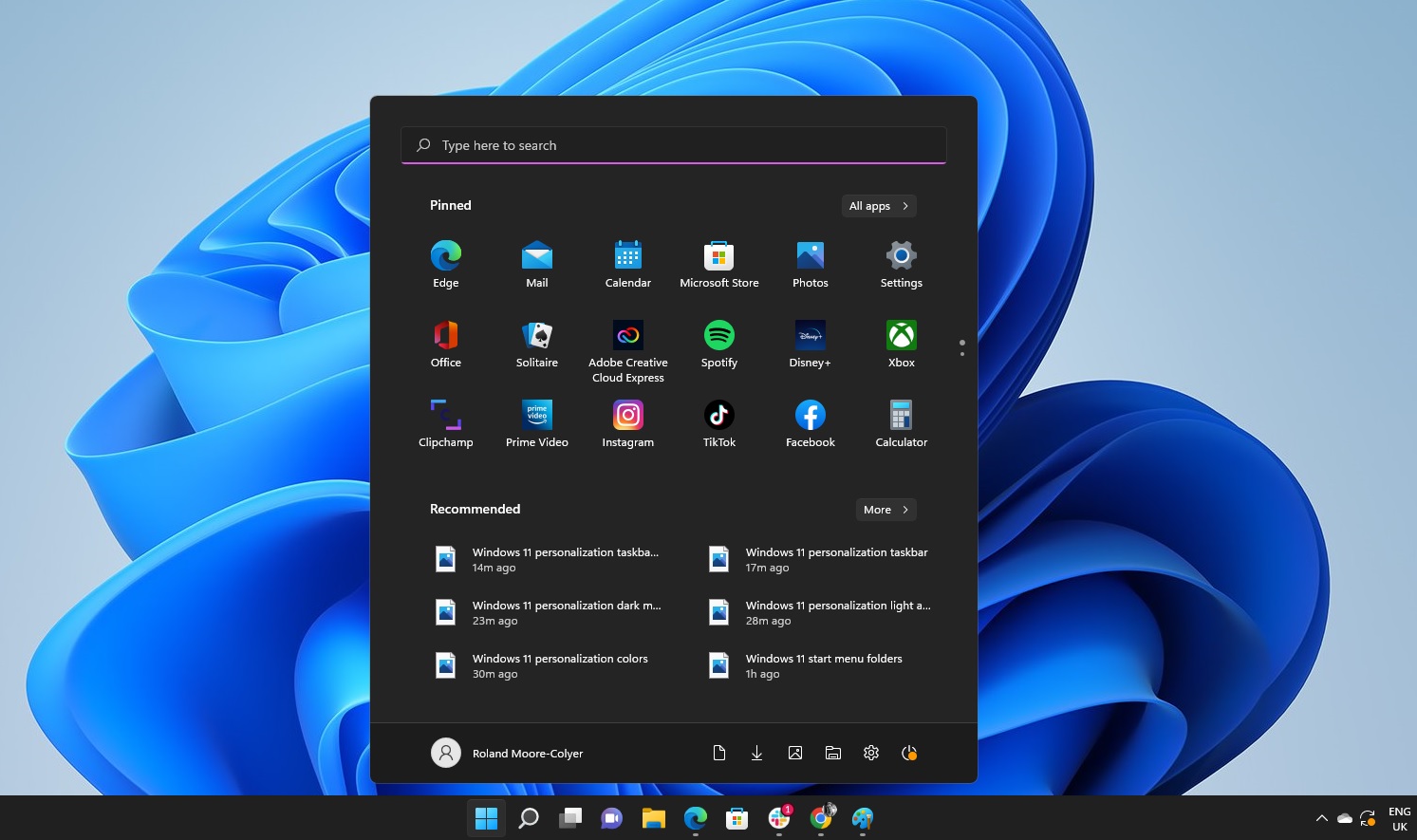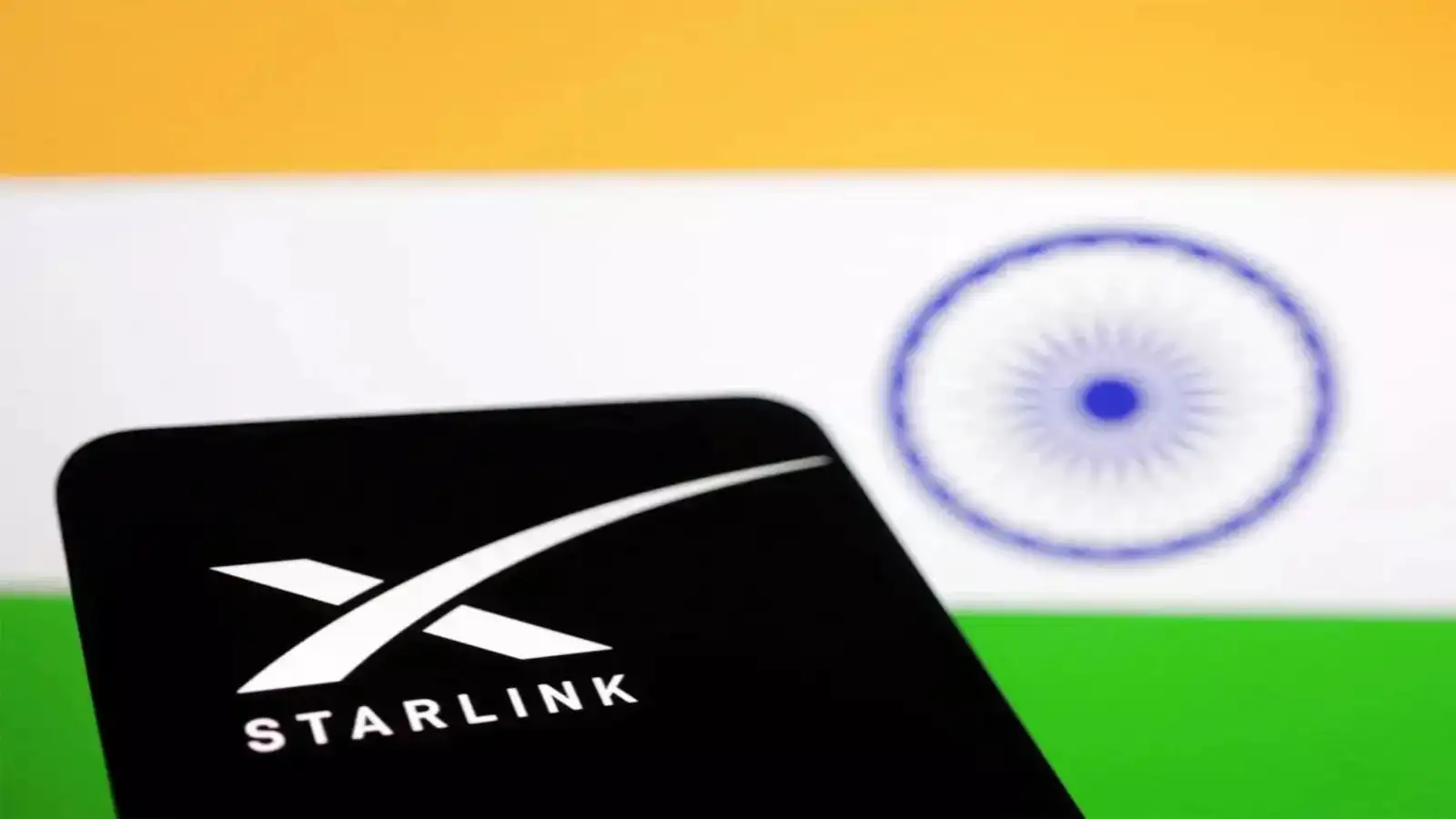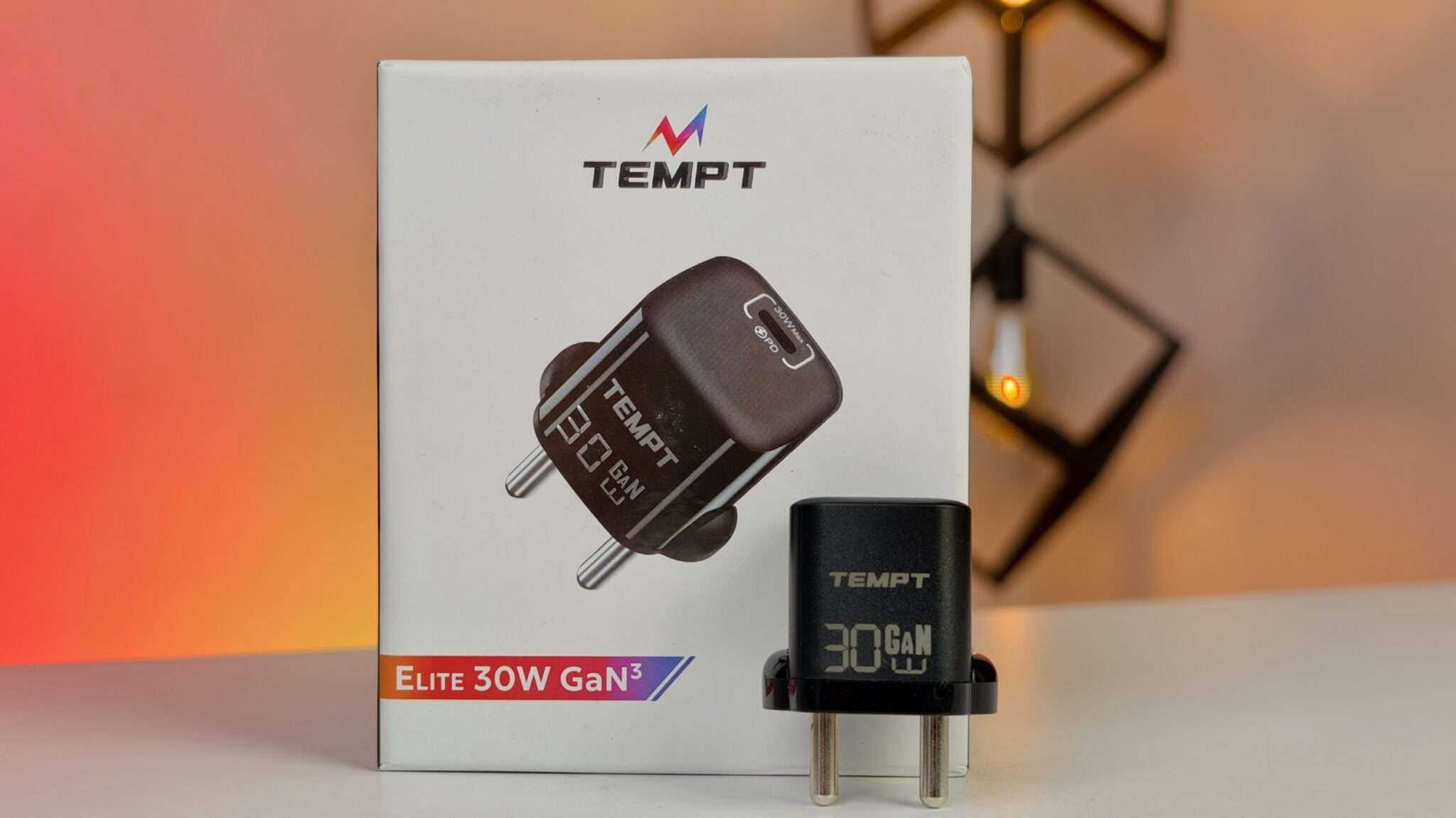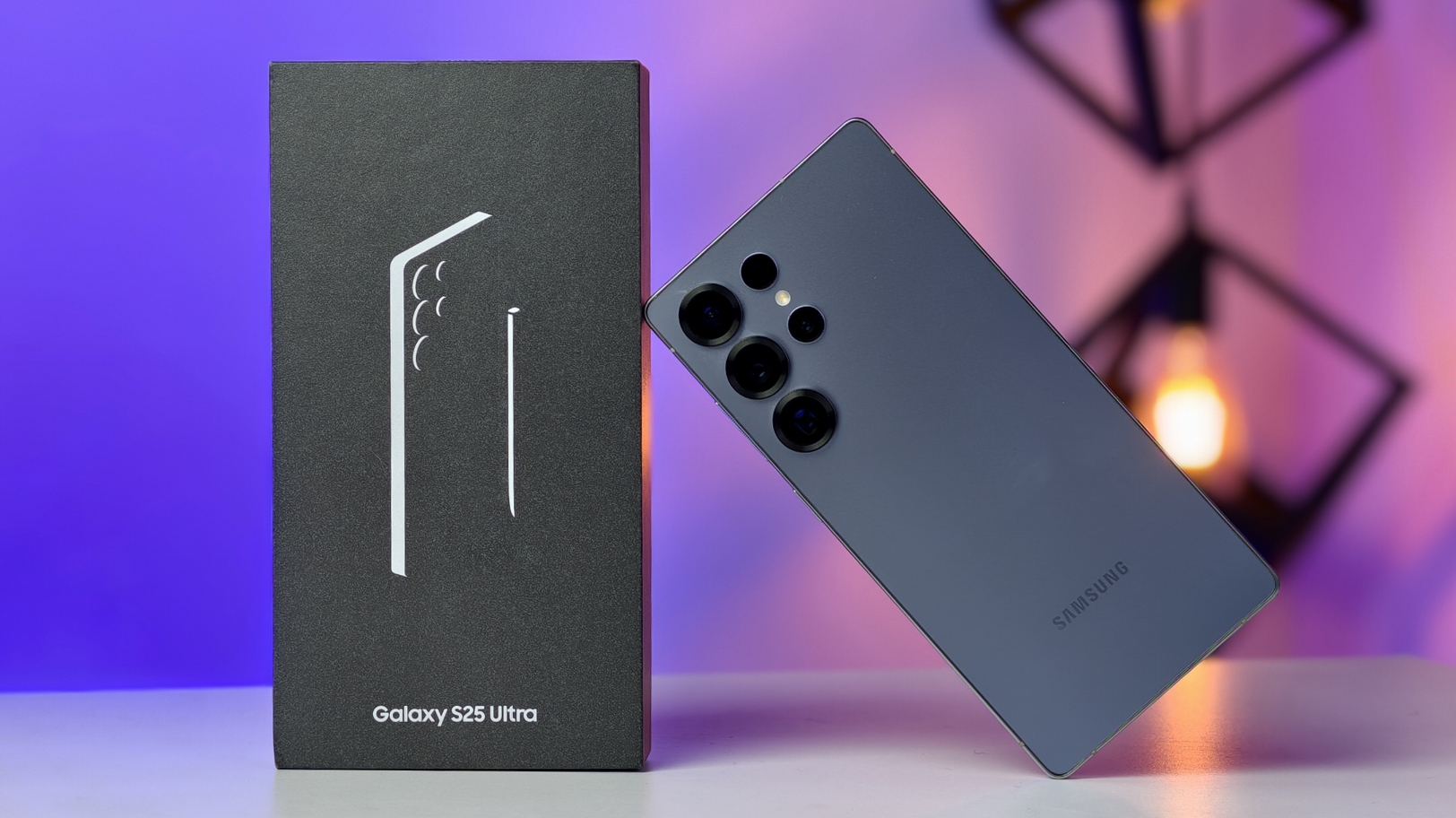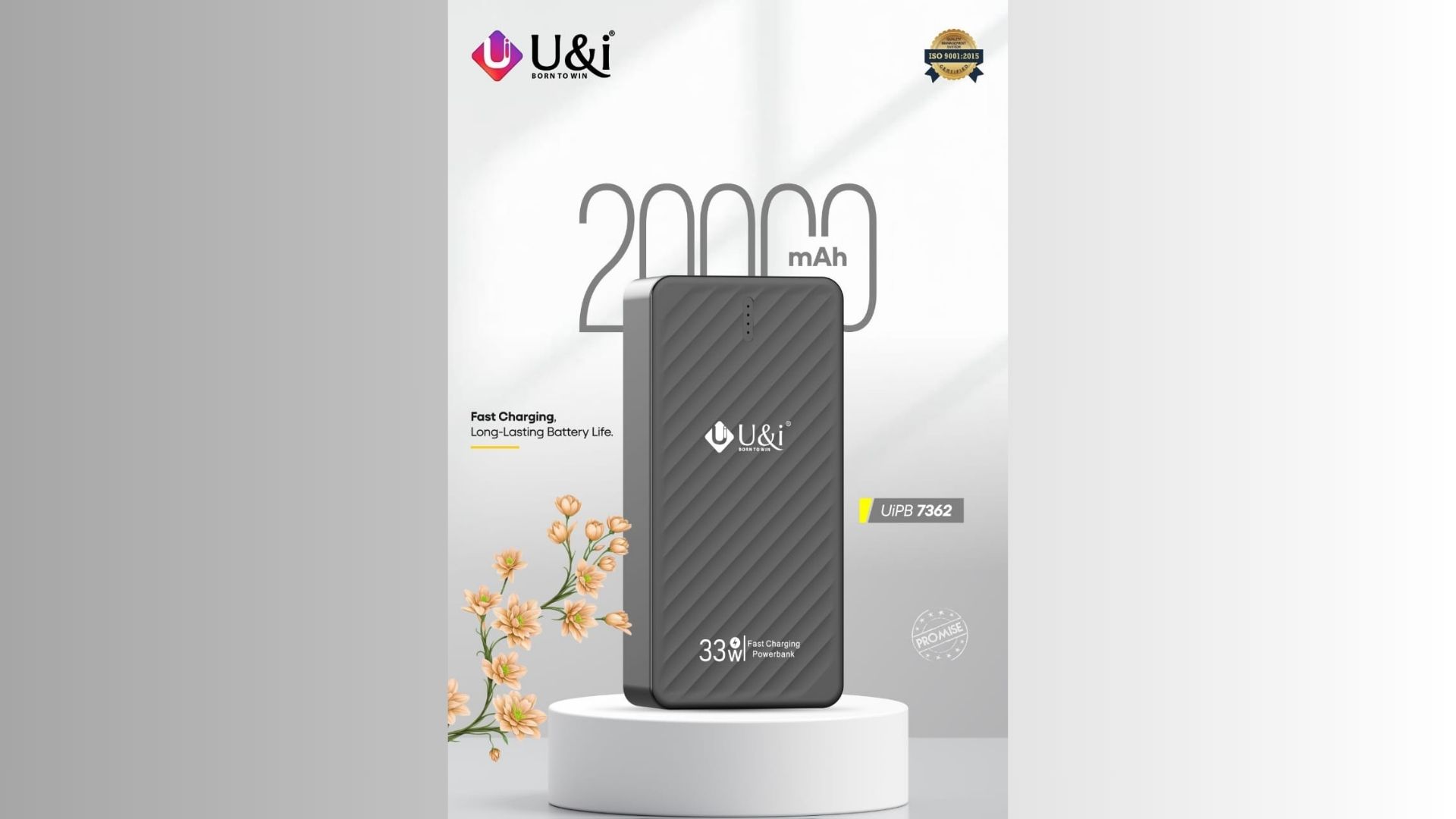Vodafone Idea (Vi) has officially brought its next-gen 5G services to Bengaluru—a strategic move that, not surprisingly, nudged the company’s shares higher on Wednesday. The expansion into India’s tech nerve center feels like a carefully timed push by Vi to strengthen its position in the ever-intense telecom race. Following earlier launches in other major metros, this step is another piece in Vi’s broader strategy. For the millions living and working in Bengaluru, the promise is faster speeds and more reliable connectivity.
Key Takeaways:
- Vi officially launched its 5G services in Bengaluru on June 11, 2025.
- Bengaluru joins Mumbai, Delhi-NCR, Patna, and Chandigarh in Vi’s 5G network.
- The rollout is part of a plan to cover 17 priority circles by August 2025.
- Vi offers introductory unlimited 5G data on plans starting from ₹299.
- The company reported a narrowed Q4 FY25 loss and a rise in ARPU.
- Vi shares saw modest gains following the Bengaluru 5G launch.
- Parallel 4G upgrades across Karnataka aim to enhance overall service.
Bengaluru Gets Connected
So, what exactly happened? On June 11, 2025, Vodafone Idea flicked the switch on its 5G services in Bengaluru. For a city that lives and breathes tech, this was more than just another network upgrade—it marked a moment where vi made its presence felt more firmly. With compatible devices, subscribers can now tap into faster speeds and reduced latency. To sweeten the deal, Vi is offering unlimited 5G data for early adopters, starting at ₹299 for prepaid and ₹451 for postpaid plans.
Backing this launch is a partnership with Samsung, which is helping Vi deploy its 5G infrastructure. Notably, the setup includes AI-powered Self-Organizing Networks (SON), which fine-tune the network in real time. This isn’t just about putting up towers; it’s about building a smart, adaptive system that knows when and how to perform better based on how people are actually using it.
Strategic Network Development
Bengaluru isn’t the first step in this journey. Vi has already rolled out 5G in Mumbai, Delhi-NCR, Patna, and Chandigarh. This phased approach reflects a clear roadmap: expand across all 17 priority circles where Vi holds spectrum licenses by August 2025. It’s an ambitious goal, and part of an even bigger financial push—the company is planning a capital expenditure of ₹55,000 crore over the next three years.
Meanwhile, there’s been serious work on the 4G front too. In Karnataka, Vi has upgraded its 4G setup by deploying 900MHz spectrum at close to 3,000 sites to improve indoor coverage. On top of that, it has doubled 2100MHz capacity at 1,800 locations and added it to another 1,000. Plus, 1800MHz capacity has been expanded at over 4,100 sites. All of these tweaks have collectively boosted network capacity by 46% since March 2024.
As Anand Dani, Business Head – Karnataka at Vodafone Idea, put it, bringing 5G to Bengaluru isn’t just a technical rollout—it’s about meeting the demands of a city that’s always a few steps ahead digitally. He pointed to strong responses from other markets as a sign Vi’s on the right track.
Financial Position and Market Movements
Of course, tech upgrades are only part of the story. Vi is also trying to find firmer financial ground. In its Q4 FY25 results, the company reported a net loss of ₹7,166.1 crore. Still a hefty number, but a bit better than the ₹7,674.6 crore loss in the same quarter the year before. Revenue, meanwhile, saw a 3.8% uptick year-over-year, reaching ₹11,010 crore.
ARPU—a key performance metric—increased too, from ₹153 in Q4 FY24 to ₹175 in Q4 FY25. That might not sound huge at first glance, but it’s a solid sign that Vi is getting more value per user. Bank debt also shrank, from ₹4,040 crore in March 2024 to ₹2,330 crore a year later.
Adding to the momentum, Vi’s board recently greenlit a fundraising plan of up to ₹20,000 crore to fuel its network ambitions. Interestingly, the Indian government now holds a 48.99% stake in the company, following a debt-to-equity conversion linked to spectrum dues. That kind of backing adds a layer of institutional confidence to Vi’s next steps.
On launch day, Vi shares inched up by about 1-2%, hovering around ₹7.04 to ₹7.11 on the BSE. It’s a modest gain, sure, but it suggests that investors are at least cautiously optimistic.
Facing the Future
The Indian telecom space isn’t exactly forgiving. With giants like Reliance Jio and Bharti Airtel leading the 5G charge, Vi has its work cut out. As of March 2025, Jio held a commanding 42.2% revenue market share, followed by Airtel at 39.2%. Vi, by contrast, sat at 13.4%.
Still, Vi believes there’s a silver lining in its delayed 5G rollout. Coming in a bit later meant being able to adopt newer tech and possibly save on deployment costs. The focus is now on its 17 licensed circles, catering to both primary users and roaming customers.
Bengaluru’s inclusion in Vi’s 5G map, combined with its broader infrastructure upgrades and a slowly stabilizing balance sheet, reflects a cautious but deliberate strategy. It’s a bid to regain relevance in a market where digital consumption is only set to grow. The road ahead is anything but simple—but if Vi can maintain this pace, the gap might just start to close.



